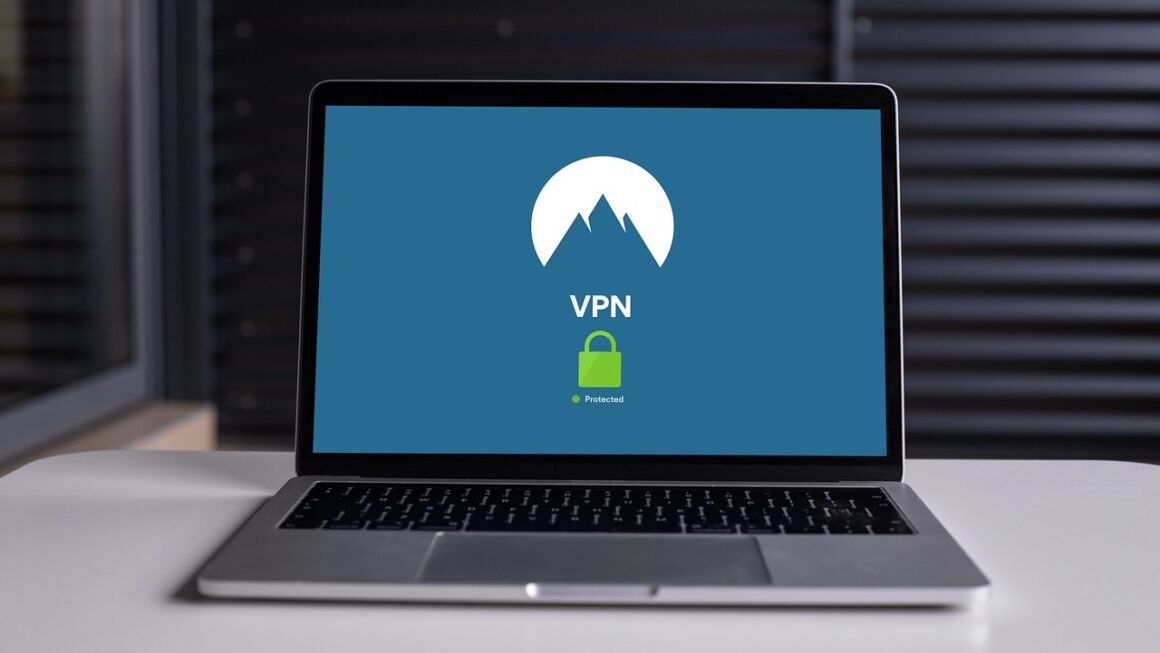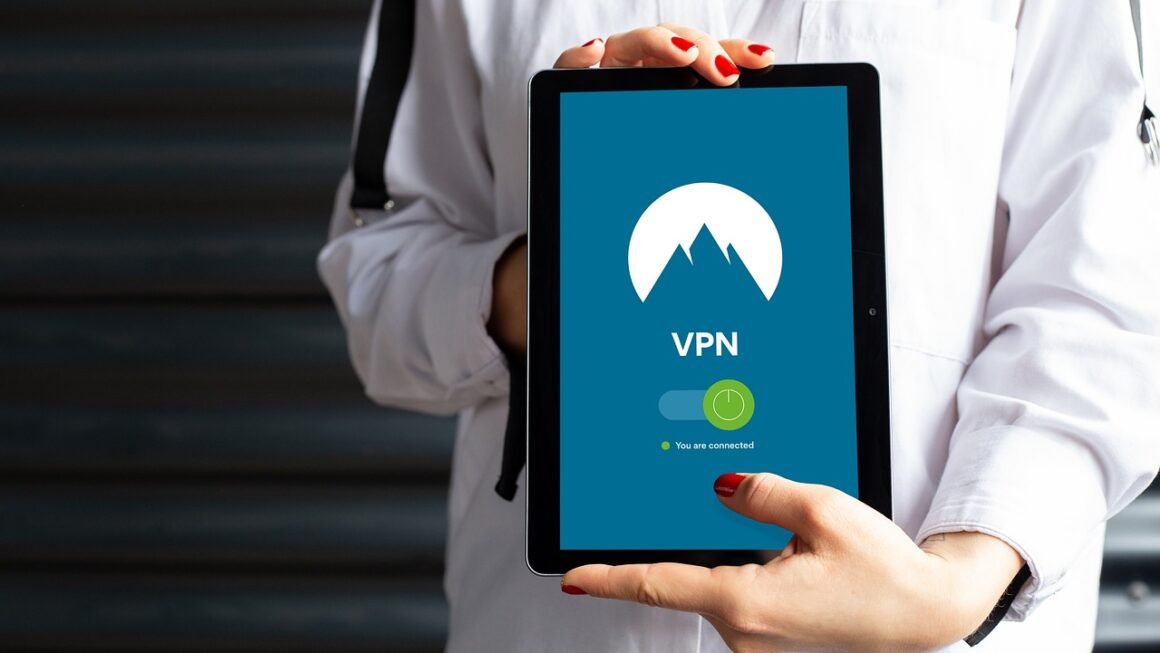Cybercrime is no longer a distant threat confined to Hollywood movies. It’s a pervasive and evolving danger impacting individuals, businesses, and governments worldwide. From phishing scams that steal your personal data to ransomware attacks that cripple entire organizations, understanding the landscape of cybercrime and how to protect yourself is more critical than ever. This article will delve into the various forms of cybercrime, offering practical advice and actionable steps you can take to stay safe in the digital world.
Understanding the Landscape of Cybercrime
What is Cybercrime?
Cybercrime encompasses any criminal activity that involves a computer, a networked device, or a network. It’s a broad term covering a multitude of illegal activities carried out in the digital realm. These crimes exploit vulnerabilities in computer systems, networks, and human behavior.
The Growing Threat of Cybercrime
The statistics paint a concerning picture. According to recent reports, cybercrime is projected to cost the world trillions of dollars annually. This isn’t just about financial losses; it includes reputational damage, data breaches, and disruption of critical infrastructure. The rise of sophisticated hacking tools and the increasing reliance on digital technologies are contributing factors.
- Impact:
Financial losses for individuals and businesses.
Compromised personal and financial data.
Disruption of critical infrastructure.
Damage to reputation and brand image.
* Erosion of trust in digital systems.
Common Types of Cybercrime
Understanding the different types of cybercrime is the first step in protecting yourself and your organization. Here are some of the most prevalent threats:
- Phishing: Deceptive emails or messages designed to trick individuals into revealing sensitive information like passwords, credit card numbers, and personal identification details. Example: An email disguised as a legitimate bank notification asking you to “verify” your account details.
- Malware: Malicious software, including viruses, worms, and Trojans, designed to damage or disable computer systems. Example: A virus attached to an email that spreads through your network, corrupting files and slowing down your computer.
- Ransomware: A type of malware that encrypts a victim’s files and demands a ransom payment in exchange for the decryption key. Example: A hospital network being locked down by ransomware, demanding a large sum of money to restore access to patient records.
- Identity Theft: Stealing someone’s personal information to impersonate them and commit fraud, such as opening credit accounts or filing false tax returns. Example: Using stolen Social Security numbers to apply for loans or credit cards in someone else’s name.
- Data Breaches: Unauthorized access to sensitive data stored on computer systems or networks. Example: A large retailer’s customer database being hacked, exposing millions of credit card numbers and personal addresses.
- Cyber Stalking: Using electronic communications to harass or threaten an individual. Example: Sending threatening messages through social media or tracking someone’s location using spyware.
- Cryptojacking: Illegally using someone else’s computer to mine cryptocurrency without their knowledge or consent. Example: Hidden scripts on a website using visitors’ computers to mine Bitcoin.
- DoS/DDoS Attacks: Overwhelming a server with traffic to make it unavailable to legitimate users. Example: Attacking an e-commerce website during a peak shopping day, preventing customers from making purchases.
Protecting Yourself from Cybercrime
Strengthening Your Online Security
Proactive measures are crucial to minimizing your risk of falling victim to cybercrime.
- Use Strong, Unique Passwords: Avoid using the same password for multiple accounts. Use a combination of uppercase and lowercase letters, numbers, and symbols. Consider using a password manager to generate and store your passwords securely.
- Enable Multi-Factor Authentication (MFA): MFA adds an extra layer of security by requiring a second form of verification, such as a code sent to your phone, in addition to your password.
- Keep Your Software Updated: Regularly update your operating system, web browser, and antivirus software to patch security vulnerabilities.
- Be Wary of Phishing Emails and Links: Don’t click on links or open attachments from unknown senders. Verify the sender’s identity before providing any personal information.
- Use a Reputable Antivirus Software: Install and regularly update a reputable antivirus software to detect and remove malware.
- Secure Your Wireless Network: Use a strong password for your Wi-Fi network and enable encryption (WPA2 or WPA3).
Safe Browsing Habits
Your online behavior plays a significant role in your cybersecurity.
- Avoid Suspicious Websites: Be cautious of websites with poor design, grammatical errors, or that ask for excessive personal information.
- Use a Virtual Private Network (VPN): A VPN encrypts your internet traffic and masks your IP address, making it harder for cybercriminals to track your online activity.
- Be Careful What You Share Online: Limit the amount of personal information you share on social media and other online platforms.
- Think Before You Click: Always double-check links before clicking on them, especially in emails and social media posts. Hover over the link to see the actual URL.
- Use Secure Websites (HTTPS): Make sure websites you visit, especially those where you enter personal information, use HTTPS encryption (look for the padlock icon in the address bar).
Protecting Your Devices
Your devices are the gateway to your digital life, so securing them is paramount.
- Lock Your Devices: Always lock your computer, smartphone, and tablet when you’re not using them.
- Enable Device Encryption: Encrypt your hard drive to protect your data in case your device is lost or stolen.
- Install a Firewall: A firewall acts as a barrier between your computer and the internet, blocking unauthorized access.
- Regularly Back Up Your Data: Back up your important files to an external hard drive or cloud storage service in case of a ransomware attack or other data loss event.
- Be Careful with Public Wi-Fi: Avoid using public Wi-Fi networks for sensitive transactions, as they are often unsecured. If you must use public Wi-Fi, use a VPN.
Cybercrime and Businesses
Risks for Organizations
Businesses of all sizes are prime targets for cybercrime. The potential consequences are severe, ranging from financial losses and reputational damage to legal liabilities and business disruption.
- Data Breaches: Customer data, financial records, and intellectual property can be compromised, leading to significant financial and reputational damage.
- Ransomware Attacks: Critical systems can be encrypted, halting operations and demanding a ransom payment.
- Business Email Compromise (BEC): Cybercriminals impersonate executives or employees to trick others into transferring funds or sharing sensitive information.
- Supply Chain Attacks: Attackers target a business’s suppliers or vendors to gain access to their network.
Implementing a Cybersecurity Strategy
A comprehensive cybersecurity strategy is essential for protecting your business from cyber threats.
- Conduct a Risk Assessment: Identify your organization’s vulnerabilities and prioritize security measures.
- Develop a Cybersecurity Policy: Establish clear guidelines for employee behavior and data security.
- Train Employees on Cybersecurity Awareness: Educate employees about phishing scams, malware, and other cyber threats.
- Implement Strong Access Controls: Limit access to sensitive data based on job roles and responsibilities.
- Use Intrusion Detection and Prevention Systems: These systems monitor network traffic for suspicious activity and automatically block malicious attacks.
- Regularly Test Your Security Measures: Conduct penetration testing and vulnerability assessments to identify weaknesses in your security defenses.
- Incident Response Plan: Develop a plan for responding to cyber incidents, including data breaches and ransomware attacks. This should include steps for containment, eradication, recovery, and post-incident analysis.
Legal and Regulatory Compliance
Businesses must comply with various data privacy regulations, such as GDPR, CCPA, and HIPAA, depending on the nature of their business and the data they collect.
- Data Privacy Regulations: Understand and comply with relevant data privacy regulations.
- Data Breach Notification Laws: Know your obligations to notify customers and authorities in the event of a data breach.
- Cybersecurity Insurance: Consider purchasing cybersecurity insurance to help cover the costs of a cyberattack.
The Future of Cybercrime
Emerging Threats and Trends
The cybercrime landscape is constantly evolving, with new threats emerging all the time. Staying informed about the latest trends is crucial for staying ahead of the curve.
- AI-Powered Cyberattacks: Artificial intelligence is being used by cybercriminals to create more sophisticated and effective attacks.
- IoT Vulnerabilities: The proliferation of Internet of Things (IoT) devices creates new attack vectors for cybercriminals.
- Cloud Security Risks: As more businesses move to the cloud, securing cloud infrastructure is becoming increasingly important.
- Deepfakes and Disinformation: Deepfake technology is being used to create convincing fake videos and audio recordings for malicious purposes.
- Quantum Computing Threats: The development of quantum computers could potentially break current encryption algorithms.
Staying Ahead of the Curve
- Stay Informed: Follow cybersecurity news and blogs to stay up-to-date on the latest threats and trends.
- Attend Cybersecurity Conferences and Training: Participate in industry events to learn from experts and network with other professionals.
- Invest in Cybersecurity Research and Development: Continuously improve your security defenses by investing in research and development.
- Collaborate and Share Information: Share information about cyber threats with other businesses and organizations.
- Continuous Monitoring: Continuously monitor networks and systems for suspicious activity.
Conclusion
Cybercrime is a serious and growing threat that demands our attention and action. By understanding the different types of cybercrime, implementing robust security measures, and staying informed about the latest threats, individuals and businesses can significantly reduce their risk of becoming victims. Remember, cybersecurity is not a one-time fix but an ongoing process that requires vigilance and adaptation. Protect yourself, protect your data, and stay safe in the digital world.



